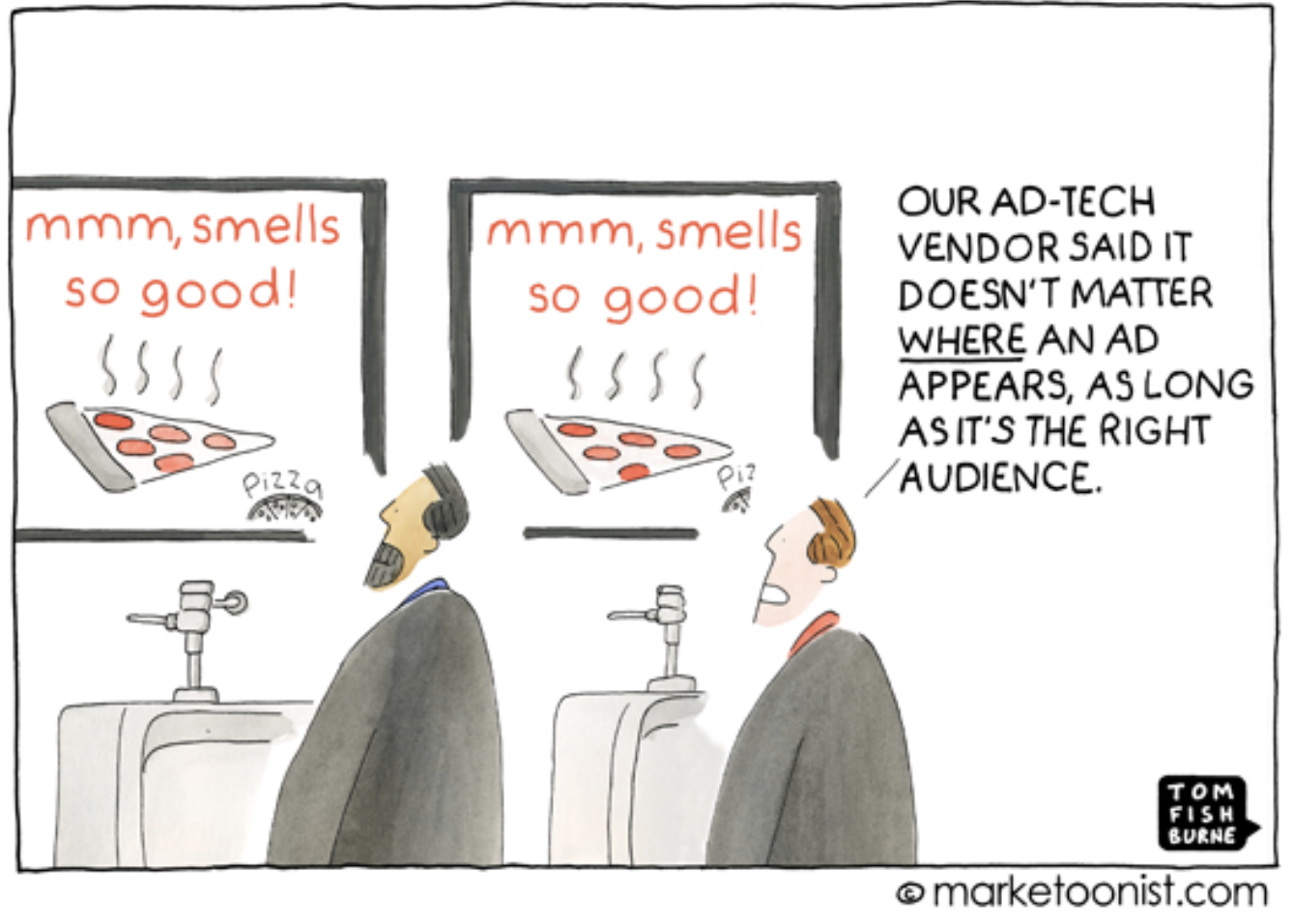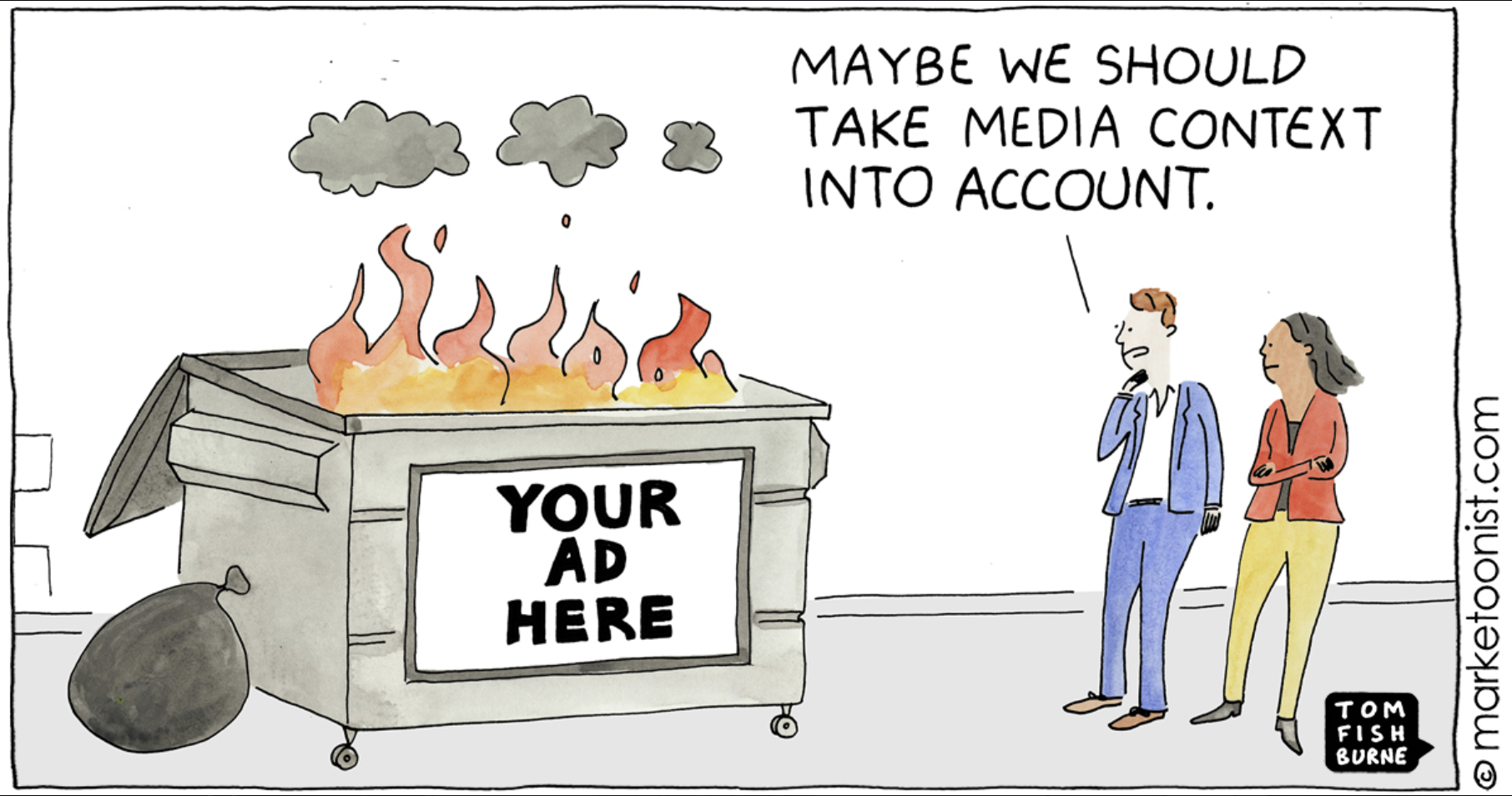Top-notch brands can command a premium.
People are willing to pay extra for premium, safe spaces that offer a seamless experience.
Consumers
Take Apple, for example. They create walled gardens where no malicious developer can publish iOS apps. This might seem restrictive to the open web, but it ensures that Apple devices are secure, privacy-friendly, and safe for all users, including children.
Brands
If brand marketing were just about hitting the lowest cost for the highest frequency, brands would advertise on cheap, conspiratorial, or explicit sites. But doing so would damage their reputation.
- Brands want to borrow credibility from the publishers they advertise with. Credible publishers prevent public backlash and elevate the brand.
- This is why businesses prefer advertising with reputable news sources over random blogs and why celebrities land ads over everyone else.
- However, even on news sites, brands avoid placing their ads next to distressing news—crime, rape, death, war, etc.


Factors That Make Content Premium
Medium’s Exclusiveness: An ad during the Super Bowl is more valuable than on a media outlet with a similar audience size.
Quality of Content: Premium status is determined by the quality of content. For example, The Ken’s stories are more well-researched and nuanced than those on a local gossip site.
Platform: Mobile apps generally have higher eCPM than websites.
Adherence to Cultural Norms: Respecting cultural norms adds to the premium feel.
Fact-Checked: Reliable, fact-checked content is crucial.
Content Strategy: Make news meaningful—help people make money, save money, get fit, choose the right gadget, plan travel better, and understand their country’s future.
 Copied
Copied